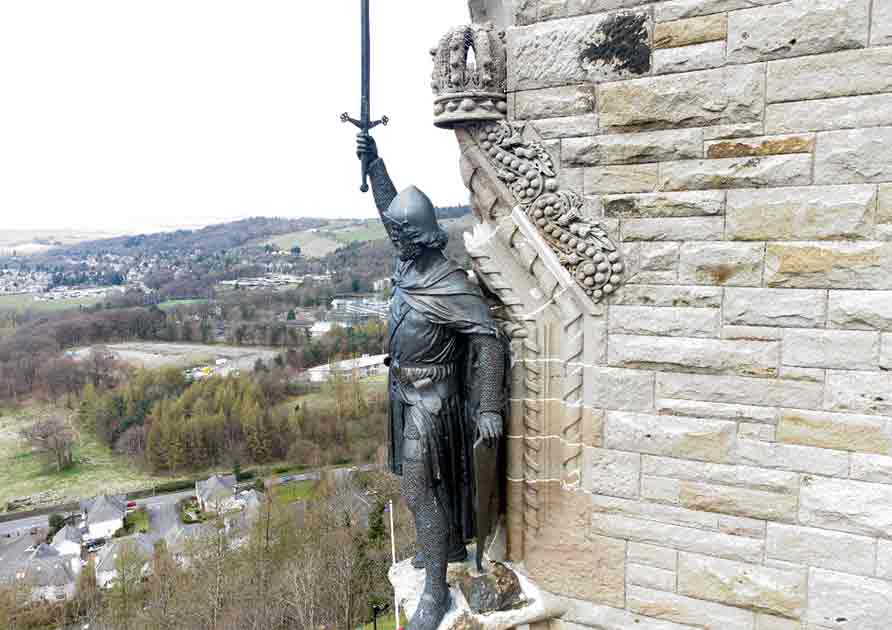Braveheart - Great Movie But How True Was the Story? (Video)
The film "Braveheart," lauded for its cinematic achievements, takes considerable liberties with historical accuracy. Released in 1995, it garnered acclaim, earning 31 out of 61 award nominations, including Oscars for Best Picture and Best Director. Despite its success, the movie deviates significantly from historical events.
The timeline is distorted, events are inaccurately portrayed, and artistic liberties are taken with characters. For instance, the inciting incident involving William Wallace's father's death at a fake Scottish summit is entirely fabricated. The Battle of Stirling Bridge is depicted without the titular bridge, altering the strategic landscape.
Costume choices, such as kilts, are anachronistic for the 1300s, as they gained popularity in the 1600s. The use of blue face paint reflects Pictish warrior traditions from the fourth century, not the depicted era. Inaccuracies extend to Edward I's portrayal, suggesting a pagan British king and distorting historical facts about his son Edward II.
The film's title itself, "Braveheart," misattributes the moniker to William Wallace, when, in reality, it was bestowed upon Robert the Bruce in 1329. The film's deviations from historical accuracy are abundant, challenging its claim to a true depiction of events.
Top image: William Wallace statue stands proudly. The National Wallace Monument is a tower standing on a hilltop in Stirling in Scotland. Source: Jacek/Adobe Stock

















